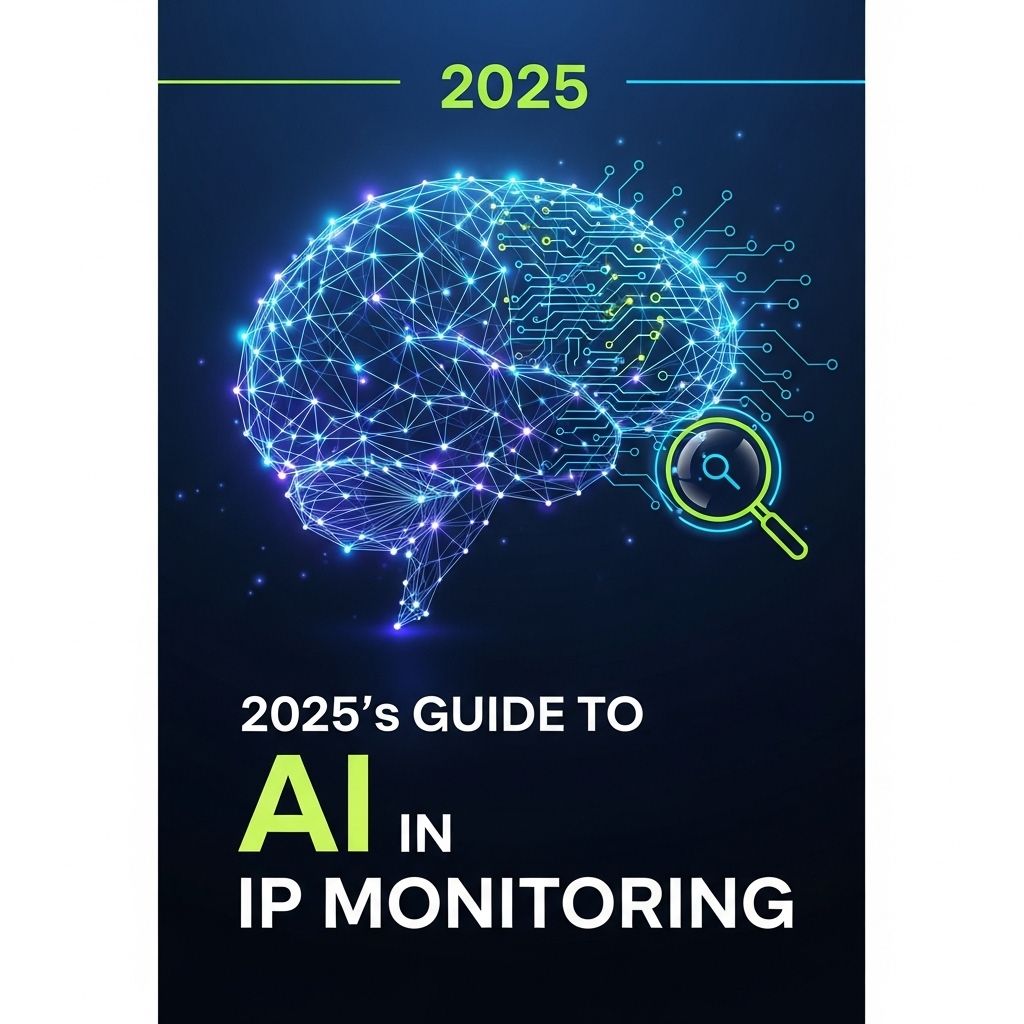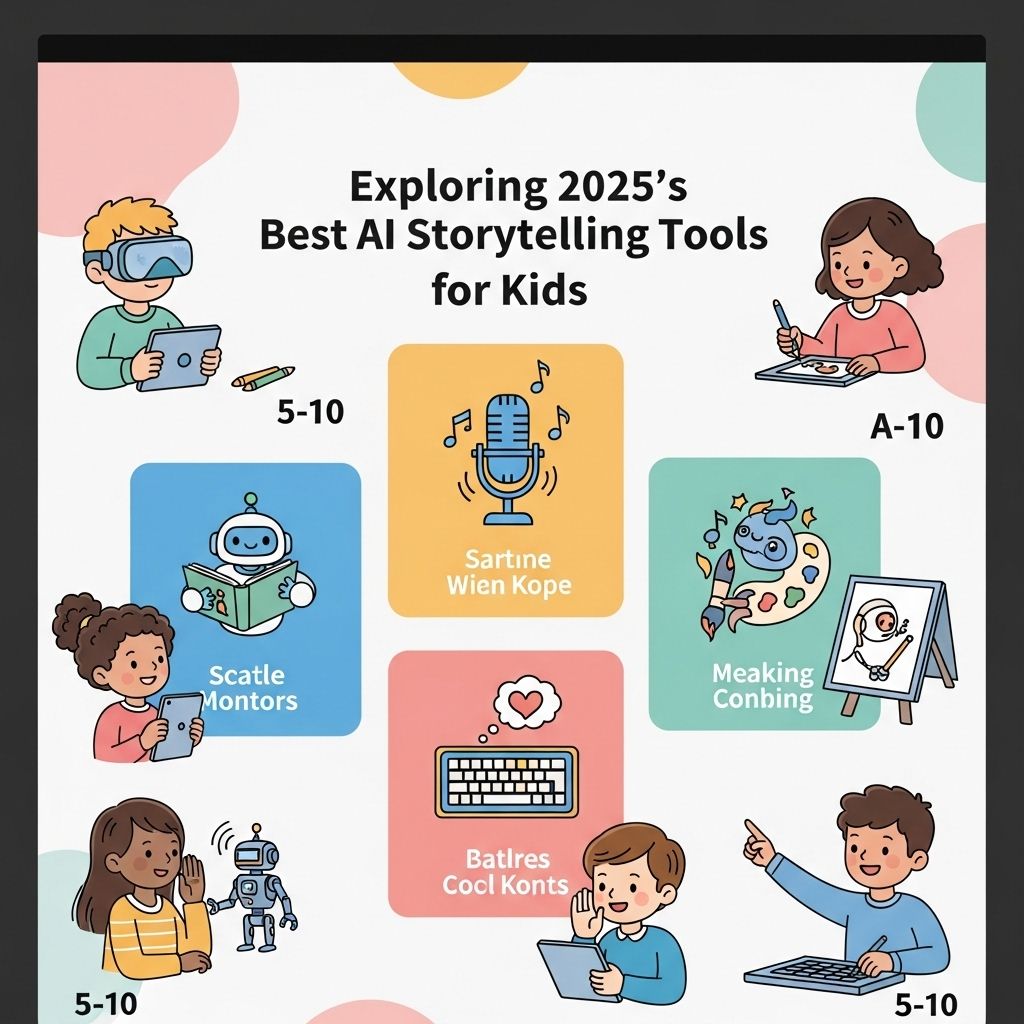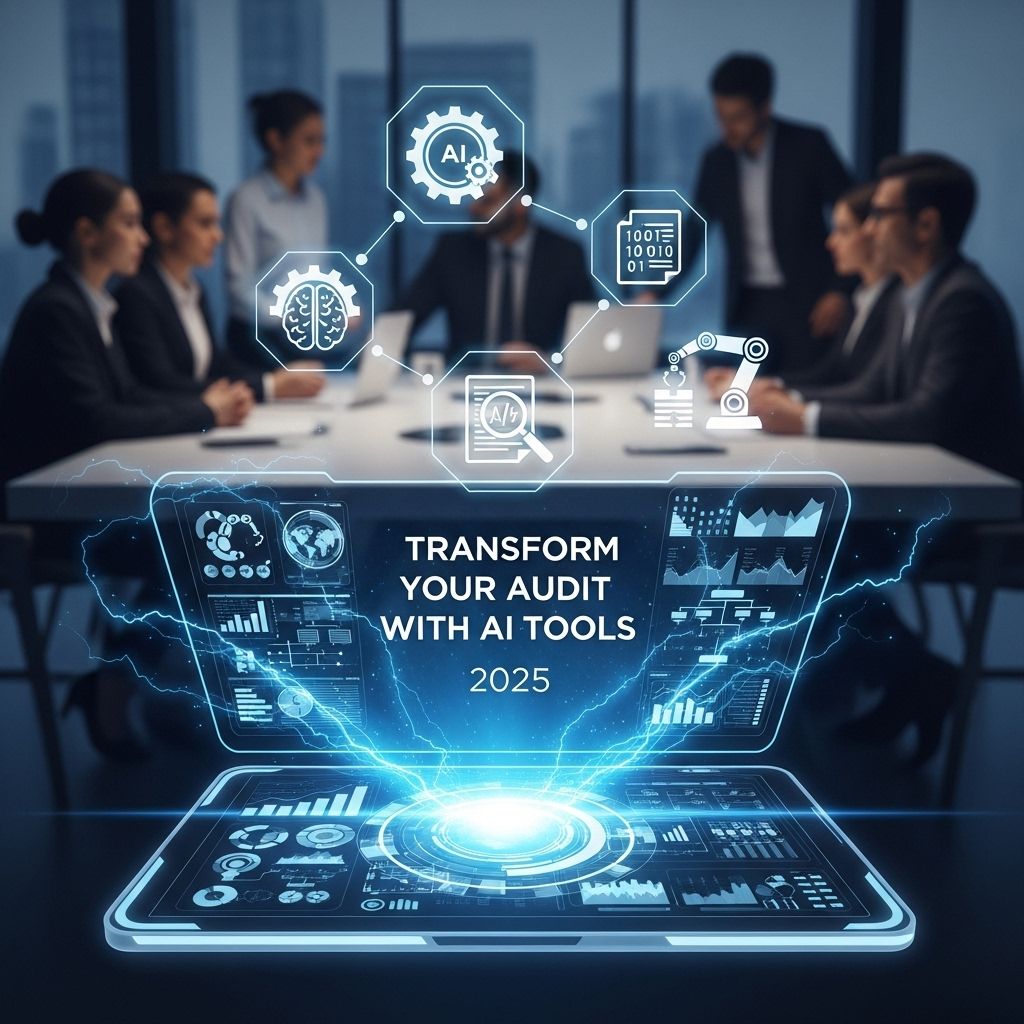Seamless Hybrid IT Solutions for 2025: Unlocking Efficiency
Explore the innovative hybrid IT solutions set to transform businesses in 2025, enhancing efficiency and flexibility in technology integration.

As organizations strive to adapt to the rapid pace of technological change, the concept of Hybrid IT has emerged as a compelling solution. In 2025, the landscape of Hybrid IT solutions promises to offer unprecedented flexibility, scalability, and efficiency. This article delves into the intricacies of Hybrid IT, exploring its components, benefits, and the strategies necessary for successful implementation.
Table of Contents
The Evolution of IT Infrastructure
Over the past decade, the IT infrastructure has undergone a significant transformation. Traditional on-premises systems are being complemented or replaced by cloud environments, leading to a hybrid approach that combines both. The evolution can be summarized in the following key phases:
- Legacy Systems: Organizations relied heavily on on-premises solutions.
- Cloud Migration: Many businesses began adopting cloud services for agility and cost-effectiveness.
- Hybrid IT Emergence: The need for a balanced approach led to the rise of Hybrid IT architectures.
Understanding Hybrid IT
Hybrid IT refers to an integrated environment that utilizes both on-premises and cloud resources, allowing organizations to leverage the benefits of both worlds. This approach offers several advantages, making it an attractive option for modern enterprises.
Components of Hybrid IT
A seamless Hybrid IT environment consists of various components, each playing a crucial role in the overall architecture:
- On-Premises Infrastructure: Legacy systems and private clouds that provide control and compliance.
- Public Cloud Services: Resources offered by third-party providers that enhance scalability and reduce costs.
- Integration Tools: Middleware and APIs that facilitate communication between on-premises and cloud environments.
- Management Solutions: Platforms that provide visibility and control across the entire IT landscape.
Benefits of Hybrid IT Solutions
Adopting a Hybrid IT model comes with a myriad of benefits that can enhance operational efficiency and drive innovation.
Scalability and Flexibility
One of the most significant advantages of Hybrid IT is its scalability:
- Organizations can quickly scale up or down based on demand, ensuring optimal resource utilization.
- Flexibility in choosing between on-premises and cloud solutions allows for tailored approaches to workload management.
Cost Efficiency
Hybrid IT can lead to substantial cost savings:
- By using cloud services for variable workloads, organizations can reduce capital expenditures.
- Operational expenditures can be optimized by balancing workloads between on-premises and cloud environments.
Enhanced Security and Compliance
Security is a critical concern in today’s digital landscape. Hybrid IT offers:
- The ability to keep sensitive data on-premises while leveraging the cloud for less critical applications.
- Compliance with industry regulations by maintaining control over data storage and management.
Challenges to Consider
While Hybrid IT presents numerous benefits, it’s essential to acknowledge the challenges that organizations may face:
Complexity of Management
Managing a hybrid environment can be more complex than traditional models:
- Organizations need to invest in management tools that provide visibility across both environments.
- Training staff to handle hybrid IT solutions requires significant time and resources.
Integration Issues
Integrating on-premises and cloud solutions can be challenging:
- Compatibility between legacy systems and new cloud services must be thoroughly assessed.
- Organizations may need to develop custom integrations, which can be resource-intensive.
Strategies for Successful Implementation
To harness the full potential of Hybrid IT, organizations should consider the following strategies:
Conduct a Thorough Assessment
Before implementing Hybrid IT, organizations should:
- Evaluate existing IT infrastructure and identify areas for improvement.
- Understand workload requirements to determine the best hybrid model.
Select the Right Tools
Choosing the appropriate tools is vital for success:
- Invest in integration platforms that enable seamless connectivity between environments.
- Utilize management solutions that offer comprehensive visibility and control.
Prioritize Security
Security should be a top priority in a hybrid environment:
- Implement robust security measures for both on-premises and cloud resources.
- Regularly conduct security audits to identify vulnerabilities.
The Future of Hybrid IT
Looking ahead to 2025, Hybrid IT solutions will continue to evolve, driven by advancements in technology:
Emergence of AI and Automation
Artificial Intelligence (AI) and automation will play a significant role in optimizing Hybrid IT:
- AI can enhance decision-making processes related to resource allocation.
- Automation tools can streamline management tasks, reducing manual intervention.
Increased Demand for Edge Computing
As businesses deploy IoT devices, edge computing will become more critical:
- Hybrid IT will support data processing closer to the source, enhancing performance.
- Organizations can leverage both centralized cloud services and localized edge solutions.
Conclusion
In conclusion, the journey towards Hybrid IT solutions in 2025 will be marked by innovation and adaptation. By understanding the components, benefits, and challenges associated with Hybrid IT, organizations can position themselves for success in an increasingly digital world. Embracing this approach will empower businesses to be agile, efficient, and competitive in the ever-evolving technological landscape.
FAQ
What are seamless hybrid IT solutions?
Seamless hybrid IT solutions combine on-premises infrastructure with cloud services, enabling organizations to have a flexible and integrated IT environment.
How can hybrid IT solutions benefit my business in 2025?
In 2025, hybrid IT solutions can enhance agility, reduce costs, and improve scalability, allowing businesses to respond quickly to changing market demands.
What challenges do businesses face when implementing hybrid IT solutions?
Businesses may face challenges such as data security, integration of legacy systems, and managing multiple cloud environments when implementing hybrid IT solutions.
How do I choose the right hybrid IT solution for my organization?
Choosing the right hybrid IT solution involves assessing your business needs, evaluating compatibility with existing systems, and considering provider support and services.
What role does automation play in hybrid IT environments?
Automation in hybrid IT environments streamlines processes, enhances operational efficiency, and reduces human error, making it essential for successful implementation.
Will hybrid IT solutions continue to evolve beyond 2025?
Yes, hybrid IT solutions are expected to evolve with advancements in technology, improving integration, security, and performance to meet future business needs.







